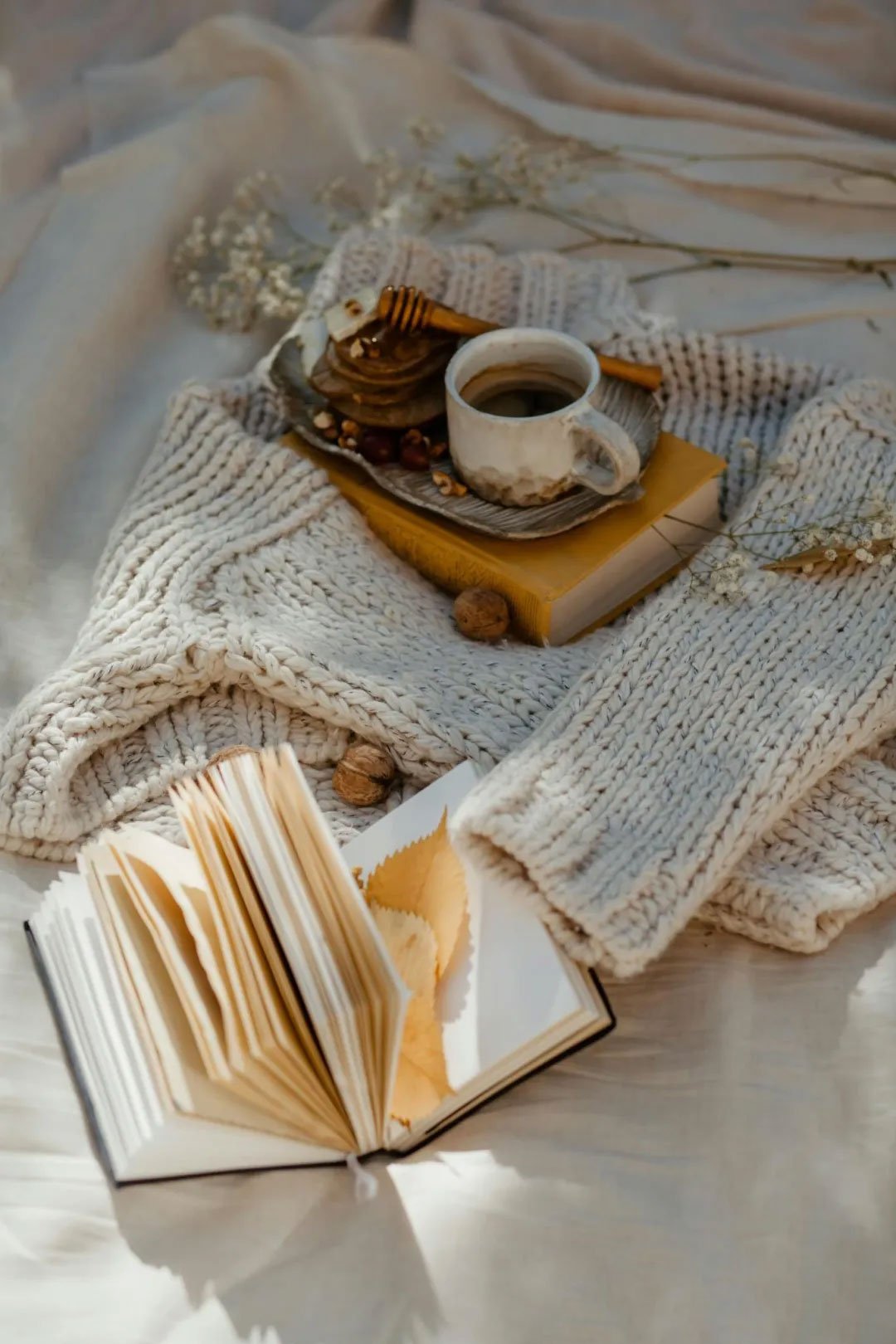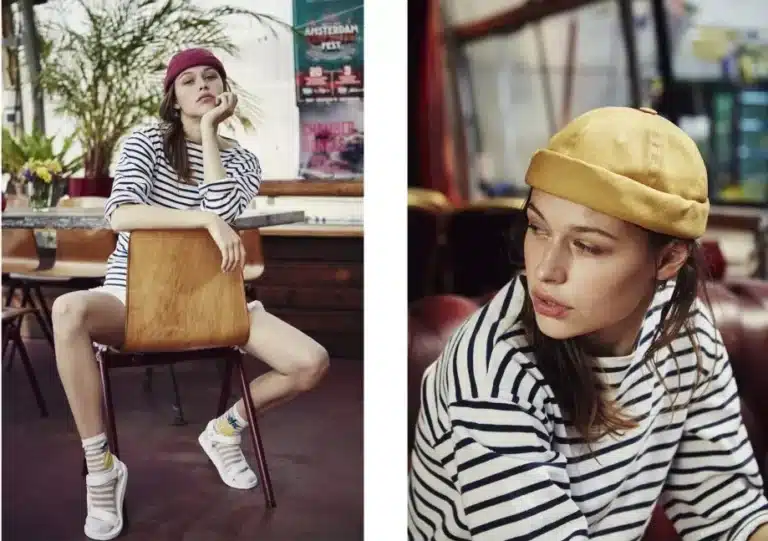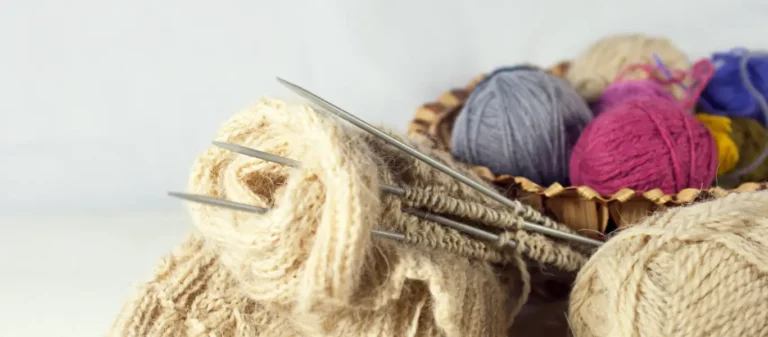Introduction
In the colorful and warm texture, hand knitting is not only an ancient handicraft, but also a cultural and historical heritage. Today, let us walk into the world of knitting and explore its origin, development and new trends in modern society.
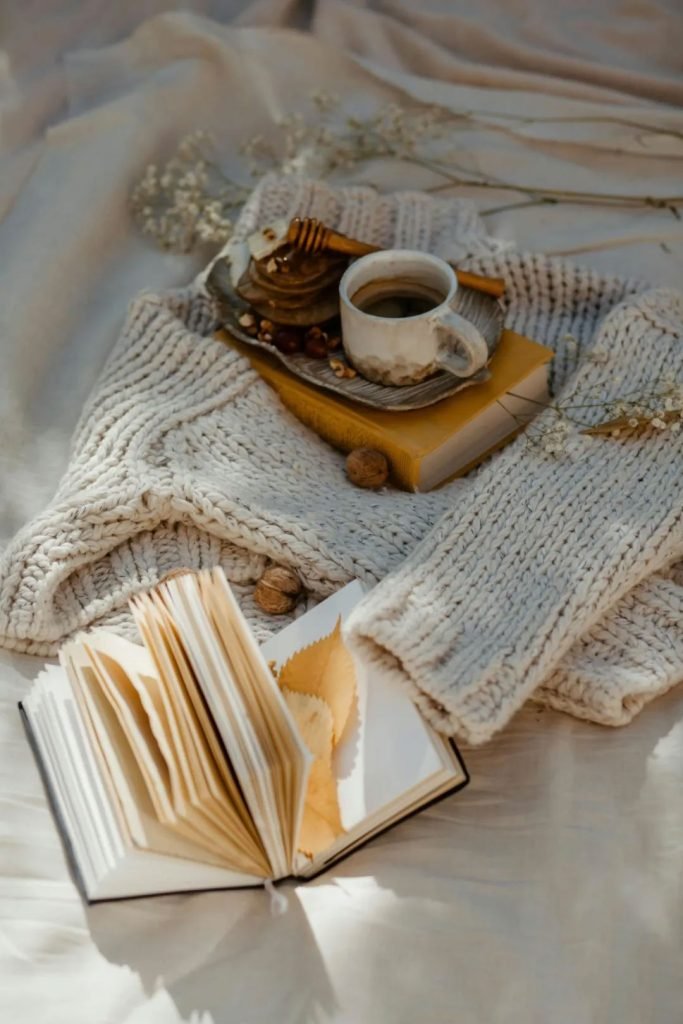
The origin of knitting
The history of weaving can be traced back to ancient times. In order to resist the harsh natural environment, early humans used animal skins and hair to make clothes. With the development of production activities in primitive society, hand tools were developed, and hand knitting developed gradually. People began to use hand tools to spin hair into threads and then weave them into clothes.
Hand-knitting dates back to the 3rd to 5th century AD, when Egyptians used the “nålbindning” technique to knit wool socks that remain intact today.
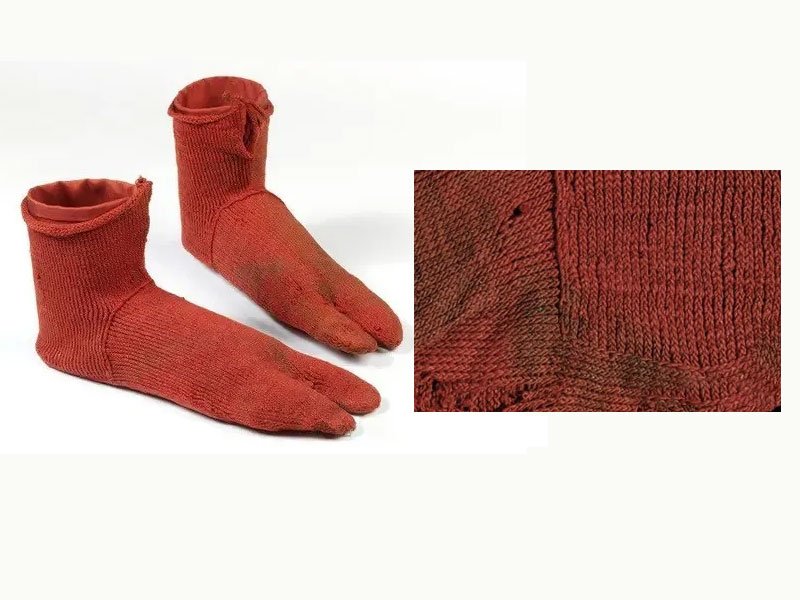
The earliest examples of double needle knitting date back to Egypt around 1000-1400 AD, consisting of socks with abstract patterns in white and blue.
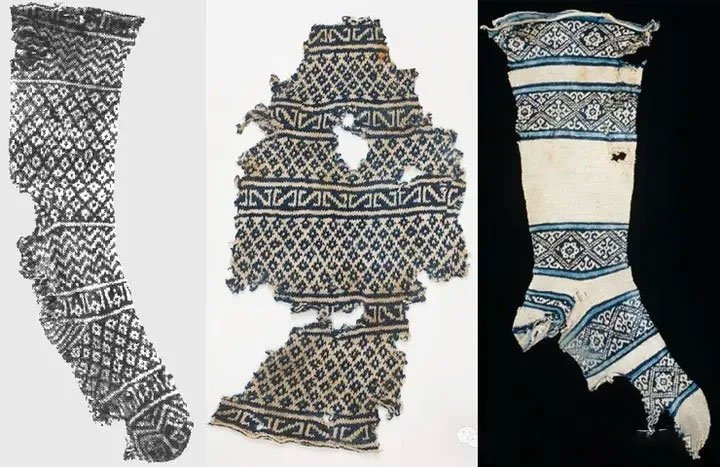
The development of knitting craft
In the Middle Ages, hand knitting became a pastime for the European aristocracy, and knitting exquisite carpets, tapestries and clothing became a symbol of social status. In the 19th century, with the advent of the Industrial Revolution, wool knitting gradually changed from manual to mechanized. The invention of machines greatly improved the production efficiency of wool, and also made knitted products more diverse and popular.
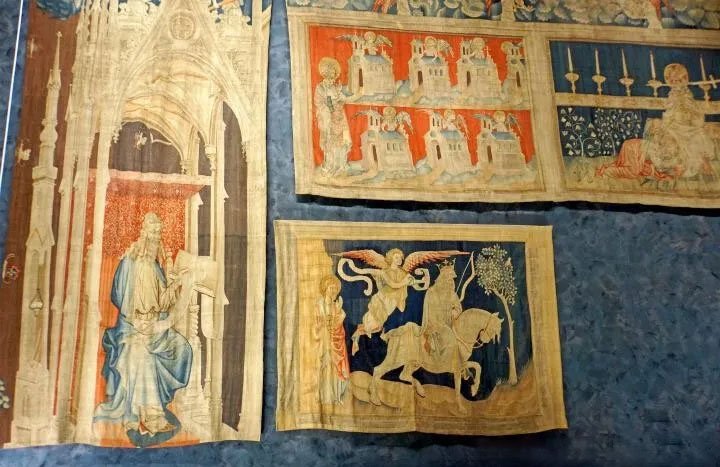
The Apocalypse Tapestry, circa 1377-1382, in the collection of the Chateau d’Angers, France. This is the most famous tapestry of the Middle Ages, commissioned by Count Louis of the Anjou dynasty of France in circa 1377-1382, and woven by Parisian weaver Nicolas Bataille (In) based on Jean de Bruyne’s drawings. The drawings may have also been designed with reference to the illustrations of the International Gothic manuscript of the Apocalypse that was popular in Paris at the time.
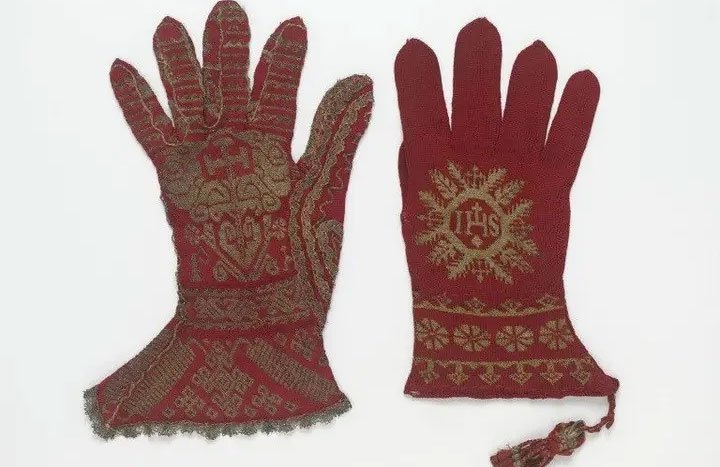
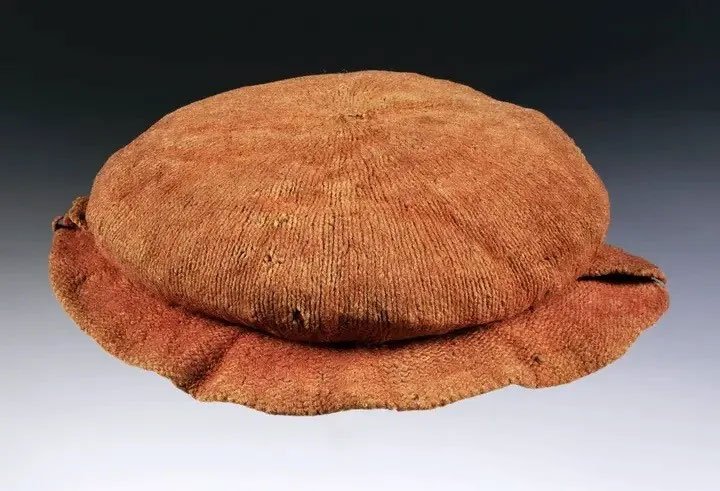
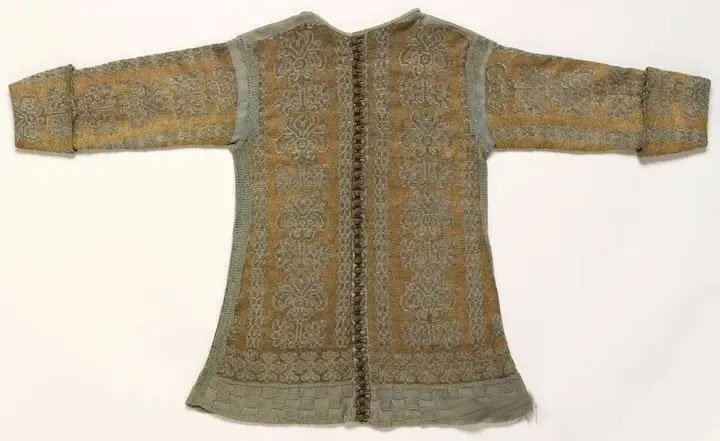
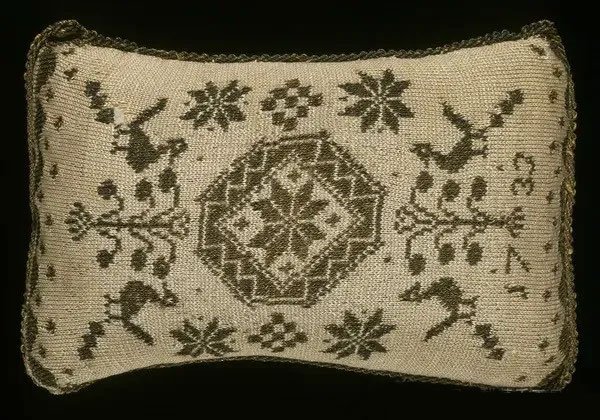
Lace became popular in the 19th century.
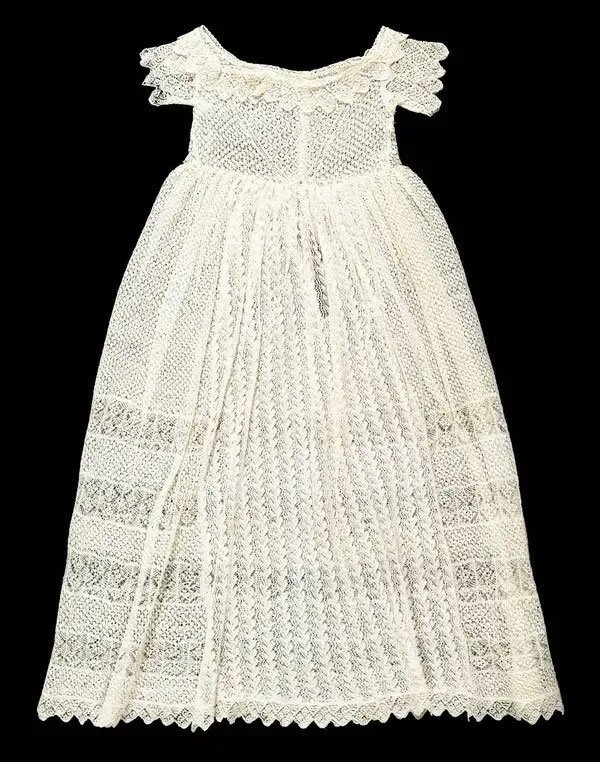
The diversity of modern wool knitting
Entering the 20th century, knitting flourished and gradually integrated with fashion.
In 1921, a photo of Edward VIII of England wearing a sweater with a Fair Isle pattern made the Fair Isle jacquard sweater a classic British style, a type of Nordic style that has been popular around the world for nearly a century.
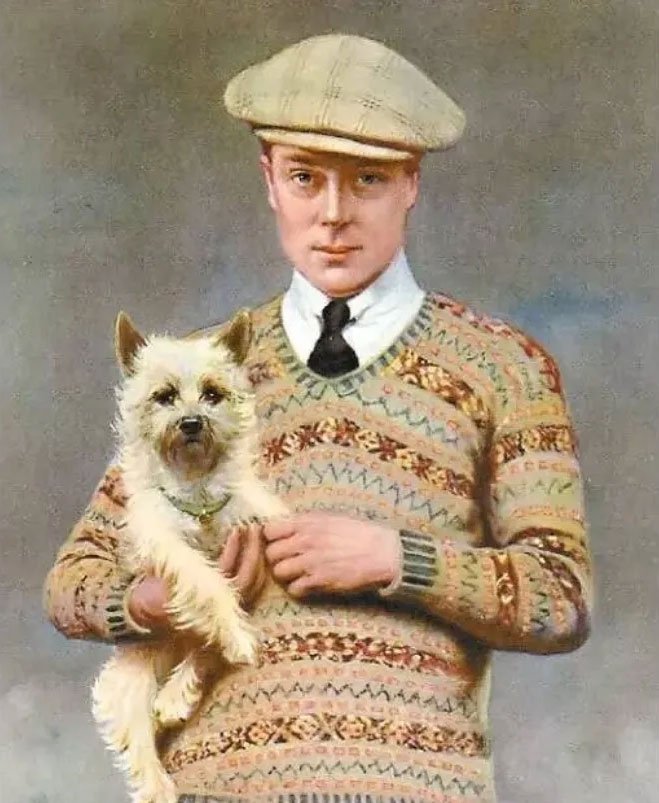
In addition to the classic Fair Isle pattern, geometric elements were a major theme for designers in the 1930s, mainly using square continuous patterns and lines to create a fashionable atmosphere.
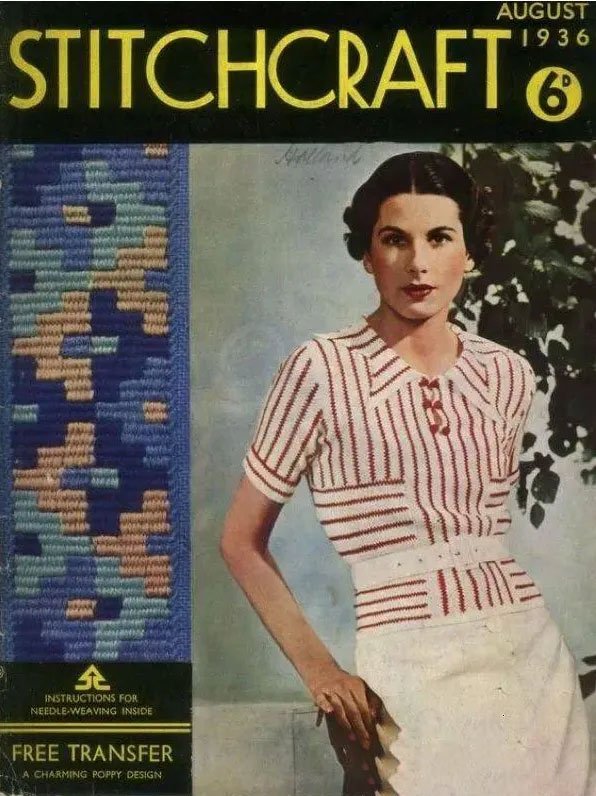
In the early 20th century, artificial fibers were widely used in textiles due to their cheapness and versatility. They were suitable for producing knitted products that were easier to clean and had a certain shape. From clothing to household items, there was a more diversified development. After World War II, home knitting became very popular, and the knitting patterns and colors became more diverse. The granny square colored knitting that was popular in the 1970s was also a very distinctive style.
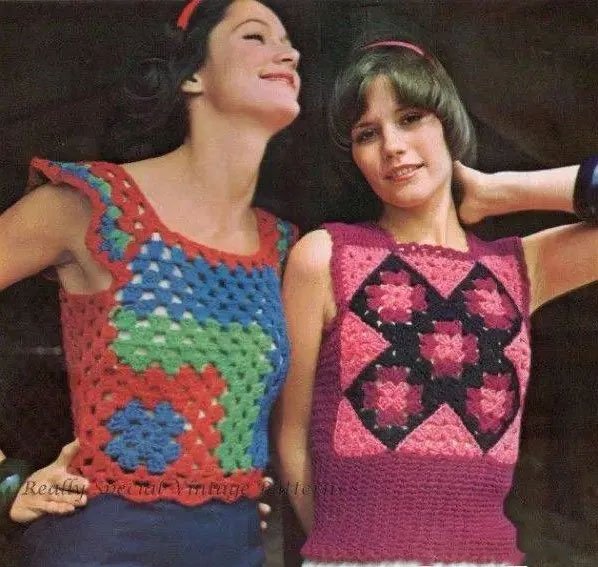
In the 1980s and 1990s, sportswear became mainstream and knitwear’s popularity plummeted. It wasn’t until the 21st century that the knitwear industry experienced a resurgence.
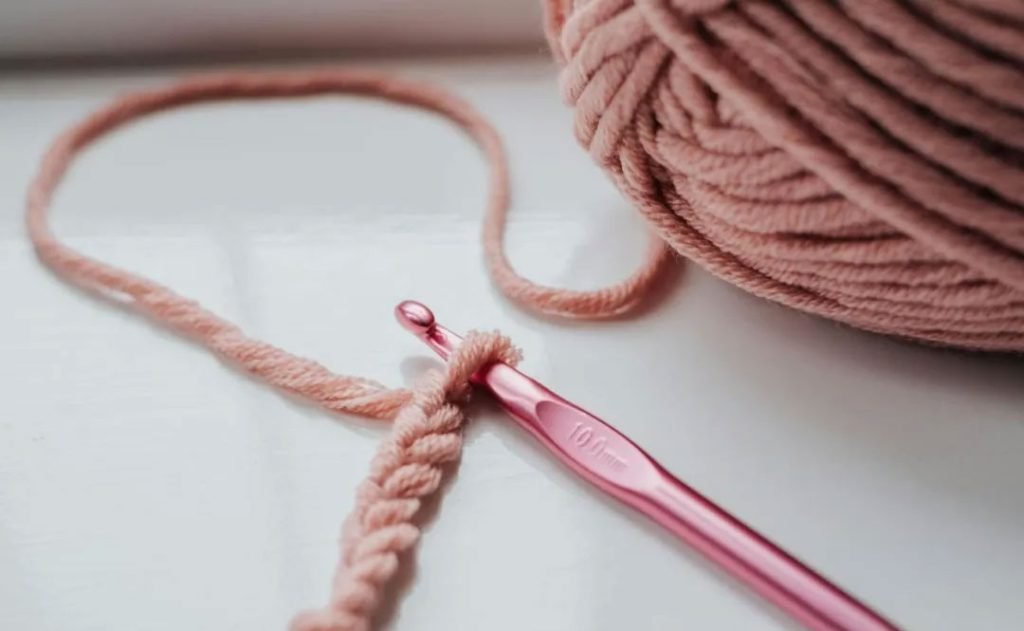
Knitting revival in the 21st century
Entering the 21st century, knitting yarns have expanded from single to diversified fiber composition ratios. The diversification of yarns has greatly expanded the diversity of hand-woven products. Different types of yarns have their own strengths and can be used in clothing, shoes and hats, curtains, tapestries, toys, etc. according to their materials, uses, and characteristics.
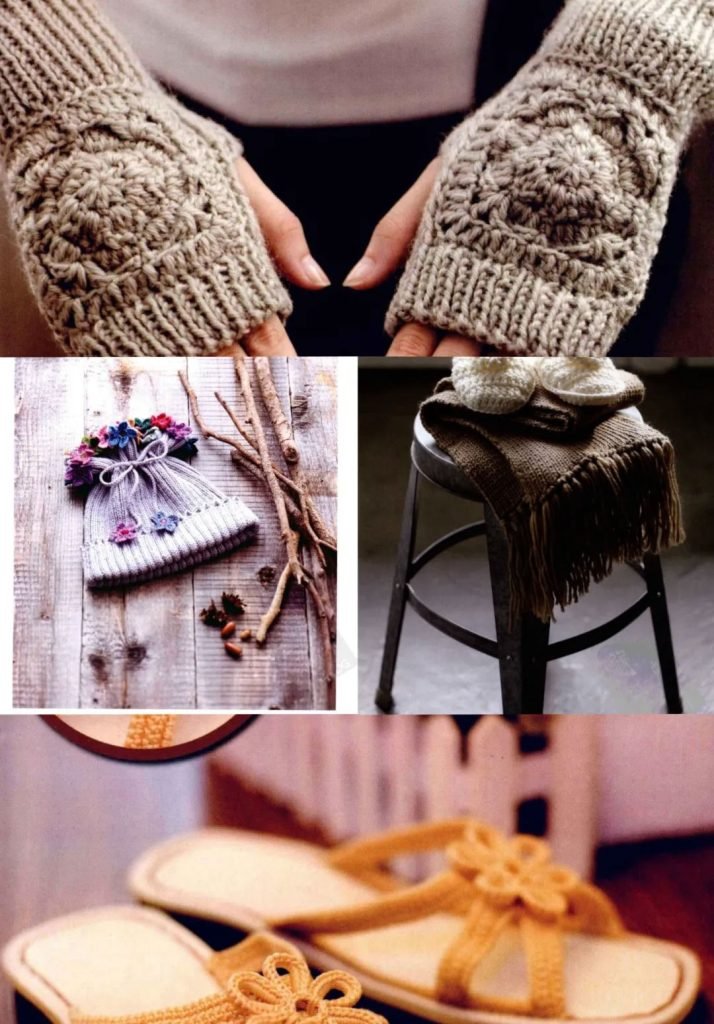
Modern knitting has begun to incorporate more artistic elements and personal creativity. Designers from different cultural backgrounds combine traditional patterns with modern aesthetics and add diverse materials to create novel knitting works. At the same time, knitting has also become a popular handicraft hobby. Many people use knitting to relax and express themselves.
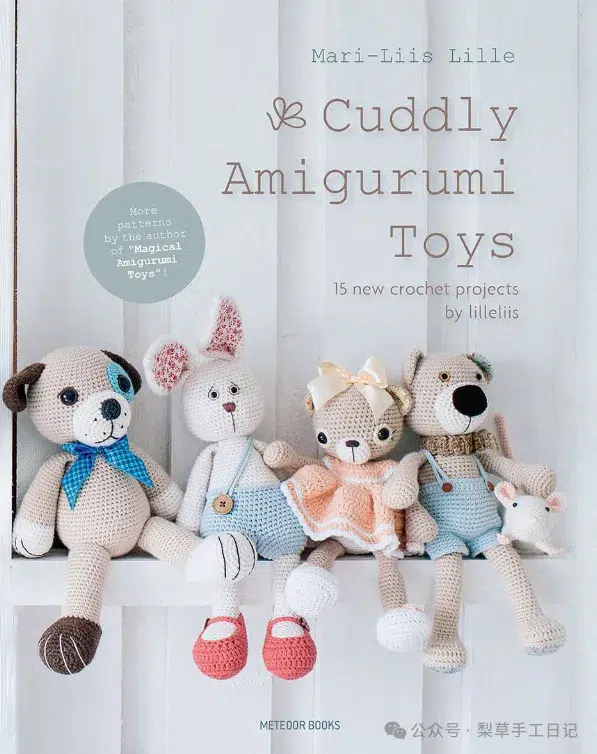
The contemporary significance of knitting
In the fast-paced modern life, knitting is not only a leisure activity, but also a reflection of life attitude. It advocates slow life, encourages people to slow down and enjoy the fun of handwork. At the same time, wool knitting has also become a part of environmental protection and sustainable development. Many knitting enthusiasts choose to use natural materials to reduce the impact on the environment.
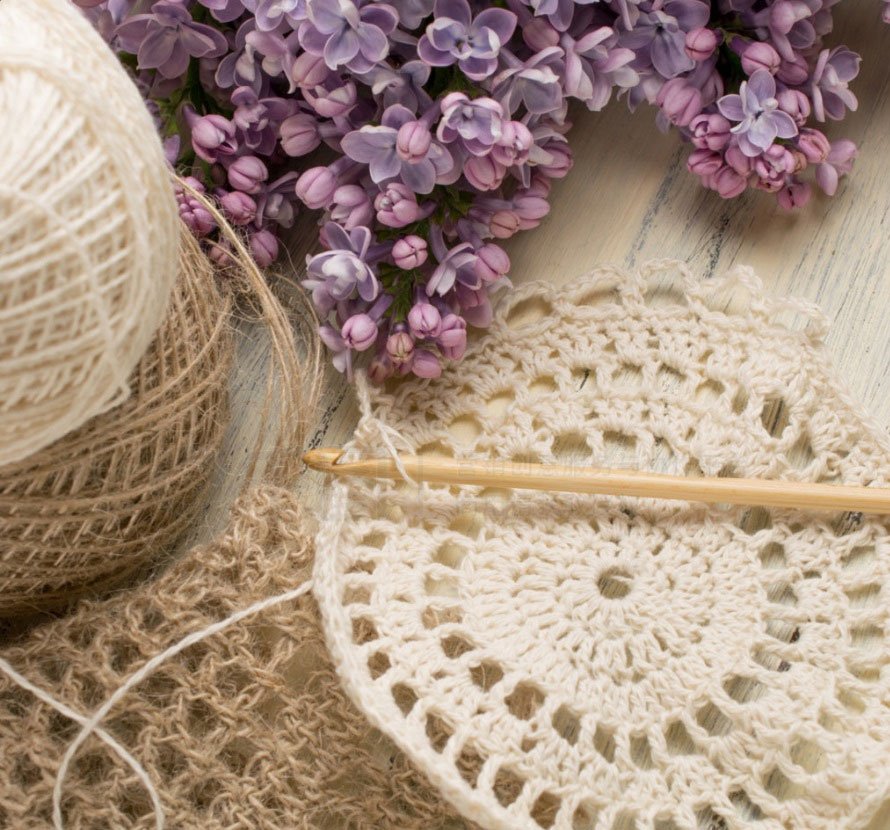
Summary
As an ancient and warm handicraft, the history and development of wool knitting not only reflects the progress of human civilization, but also is a carrier of emotions and memories. In modern society, wool knitting continues to attract people from all over the world with its unique charm, conveying the infinite charm of handicrafts and the warm feelings of life.

